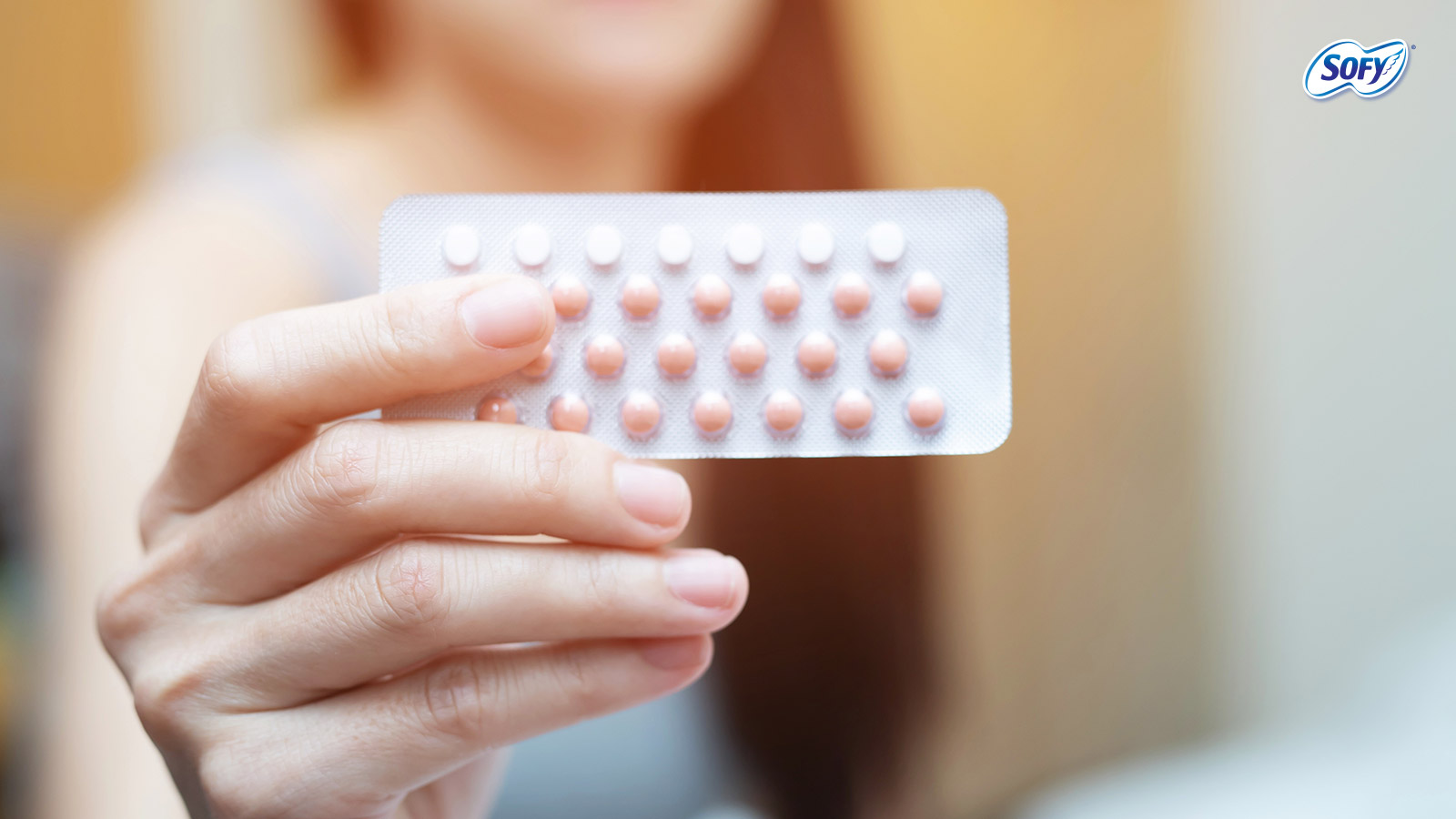Has it ever happened to you that you’ve gone to the bathroom for the regular old natures’ call, and as you sat down you noticed a red (or brown) stain on your underwear? And you think damn, Aunt Flo’s here. But wait a minute, the period isn’t due for another 2 weeks? So what game are you playing Menstrual Gods?
Yes, this happens more often than we care to explain, and it happens to pretty much everyone who menstruates. Experiences like these can be confusing and scary for those who don’t know what it is or what’s happening.
So what is really happening? Well, you’re spotting! What is spotting exactly? Spotting is when you lightly bleed from your vagina when you’re NOT on your period. Spotting can happen due to several reasons including hormonal fluctuations, urinary tract infections (UTI), pelvic inflammatory disease, fibroids, hormonal contraception, etc. Thus, if you really want an all clear, visit your gynecologist.
So, What Is The Difference Between Periods And Spotting?
Periods are what you get at the start of your menstrual cycle every month. On average you release close to 2 tablespoons of blood during your periods. You experience spotting when you notice a few drops of blood every now and then on your underwear.
Spotting is a form of vaginal bleeding after one menstrual period and before the next. So, basically, it can happen at any time during your menstrual cycle and is the equivalent of a blip on the screen. The quantity is not usually enough to fill a panty liner. Bleeding, on the other hand, is a heavier form of blood flow. Another way to tell whether you’ve started your period or you’re just spotting is to check the color of the stain. If it’s a light brown or pink hue you’re spotting.
Spotting can happen at pretty much anytime between periods, when you’re pregnant, after having sexual relations or even a gynecological exam.
When And Why Does It Happen?
During Menstruation
Yes. You read that right. When your periods initially start, you do spot. That’s a clear indication of your periods beginning, the spotting in this instance can happen a couple of days before your menses start or even on the day of.
Taking Contraceptives
Taking contraceptives of any kind can lead to spotting. Contraceptives work on the basis of changing or messing with the estrogen levels in your body. Hence, the result of using any form of oral or injectable birth control can lead to spotting in between periods. This type of spotting does not last for longer than 1-3 months as your body adapts to its new estrogen levels.
When You Ovulate
Ovulation spotting is very regular for several women and is nothing to be worried about. In such cases, you can notice the spotting a day or two into your ovulation cycle. It is extremely common to experience light spotting (pale pink) around this time and happens due to the increase in your estrogen levels during ovulation.
When Implantation Takes Place
It is normal to experience spotting due to all the new hormonal changes in the first few months of your pregnancy. Implantation spotting, or bleeding happens when a fertilized egg attaches itself to the inside wall of your uterus. When that happens, tiny blood vessels can erupt and cause spotting. This is usually in the form of pale pink or brown spots.
When You Are Stressed
Stress can create many imbalances in your body and spotting is no exception. Emotional stresses like anxiety and insomnia, physical stressors such as weight gain or weight loss, and even a poor diet can affect your period cycle. Extreme stress can cause your body to release greater amounts of the hormone cortisol, causing your body to release less estrogen and progesterone. Such a hormonal imbalance can mess up your period cycle and can make them irregular or late, as well as cause spotting in between.
When You Catch an Infection or Disease
STI’s, reproductive issues, and other infections like Pelvic Inflammatory Disease (PID) could all be causes of spotting. Most infections are treatable but they can become serious if ignored. Therefore, to be safe one must get a health checked with their gynaecologist on a regular basis. Every 3-6 month is good gap for appointments.
When Should You Call the Doctor?
Spotting between your periods is common, but you may want to consult your doctor if it happens more than once or twice in a row to figure out why it is happening. Here are some circumstances when it’d be smart to call your doctor:
- Experiencing pain or cramping around the time of spotting
- If you’re pregnant
- In case you’ve had unprotected sex
- If you have consistent spotting
- Taking medication that you think could be causing spotting












